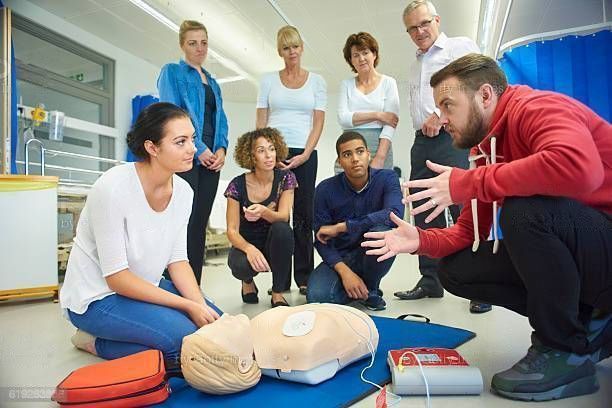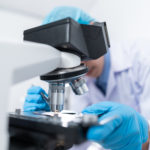What Is Defibrillation?
Contents
Defibrillation is a procedure through which an artificial electric shock is induced by an external source for the heart muscles to carry out their ordinary function of initiating an electric impulse.
Defibrillation is artificially induced in patients having serious heart conditions. With proper treatment, doctors ask the patient’s family to opt for and buy defibrillators to restore normalcy to their cardiac cycles.
Some Common Heart Conditions That Require a Defibrillator
Many heart conditions require you to buy defibrillators. Let’s list some of these conditions. The common feature in all these conditions is a defective pacemaker or SA (sinoatrial) node. This small cluster of myocytes located in the right atrium is ideally responsible for the induction of heartbeats that carries out the normal double circulation of blood in our body.
Ventricular Fibrillation
As the name suggests, the defective parts of the heart are the lower ventricles wherein the synchronization of ventricular contraction is lost. This leads to an abnormal or irregular distribution of the heart impulse leading to an unconscious state of the patient and eventually, death if not treated immediately by professional help.
Ventricular Tachycardia
Ventricular tachycardia is a heart condition located in the lower heart ventricles commonly characterized as a prolonged state of heart palpitations. In times when our body is extremely weak or one is suffering from low blood pressure, we often feel our heart rate rising abnormally high.
Types of Defibrillator
There are basically four different types of defibrillators with respect to their placement and whether it is manually or mechanically operated. Following is the list of all the different kinds of defibrillators available currently.
Manual External Type
These are the kind of defibrillators often used by healthcare professionals. These often come with electro-myocardium that helps the professional first diagnose any irregularity in the frequency or pace of the patient’s heartbeat.
Once the source of the problem is diagnosed, the defibrillator is set to a specific voltage and timing at which the electric shock will be released. These are not for the layman since these do not come with analytical reports that would otherwise help determine the potential difference or the frequency at which the electric shocks should be set.
Manual Internal Type
It is during a heart attack or after heart surgery that these are used by paramedics and healthcare professionals. In this type of defibrillator, electrodes are in direct contact with the heart, and shocks are released manually by placing paddles directly over the heart.
Automatic External Type
These types of defibrillators are particularly useful for out-of-hospital patients who are prone to cardiac irregularities. In absence of medical help in accidental situations, these machines tell the user if a heart rhythm needs an electric shock or not.
With a semi-automatic one, the user is supposed to push a button to deliver a shock at a voltage and frequency as set by the defibrillator and call for immediate medical help. In the case of an automatic one, the machine automatically administers the shock without any help from a user.
Automatic Internal Type
More commonly known as artificial pacemakers, cardioverter defibrillators are implanted inside the heart where the SA node is situated. These are highly advanced since they can easily distinguish between tachycardia, fibrillation, and other such conditions. Before you buy defibrillators, keep in mind that these are highly technical devices that need proper diagnosis and detailed knowledge of the patient’s condition.
In Summary
With technology advancing at an uncontrollable frequency, health and pharmaceuticals have constantly benefitted as there has been more and more investment in research-intensive processes all over the world. Defibrillators are a wonderful invention of science and are now designed specifically for various heart conditions.




